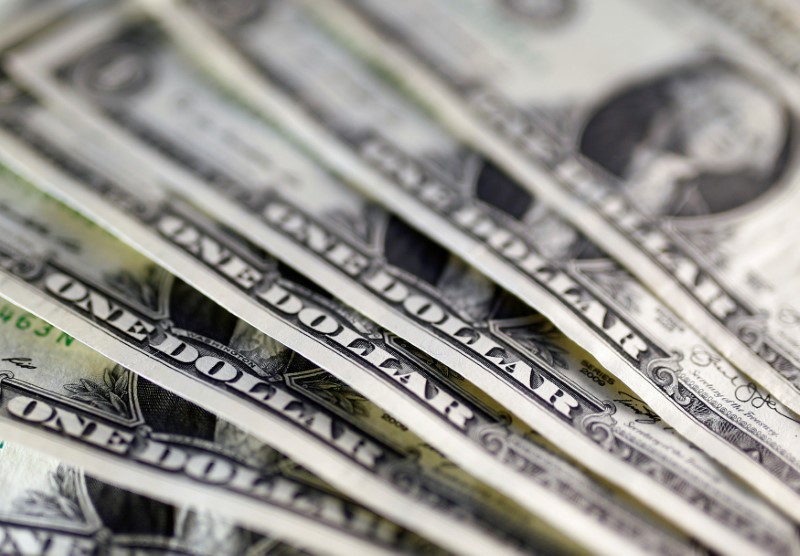Investing.com - The dollar turned lower against the other major currencies on Thursday, following strong gains in the previous session after OPEC agreed to cut oil output and strong U.S. data fed into expectations for for an interest rate hike next month.
The U.S. dollar index, which measures the greenback’s strength against a trade-weighted basket of six major currencies, was last down 0.22% at 101.41, off Wednesday’s highs of 101.88 and below the almost 14-year high of 102.12 reached last Thursday.
The dollar jumped higher on Wednesday after the Organization of the Petroleum Exporting Countries reached an agreement on an oil output cut aimed at reining in global oversupply and shoring up prices.
Expectations for higher oil prices added to U.S. inflation expectations, which have already been boosted by prospects for increased fiscal spending under the Trump administration.
Demand for the dollar was also boosted after upbeat U.S. economic reports supported the case for higher interest rates.
U.S. incomes and household spending rose for a second successive month in October, data showed on Wednesday and another report showed that private sector hiring continued at a strong pace in November.
The reports lent further credence to the view that the Federal Reserve will raise rates in December.
Investors were looking ahead to U.S. data on manufacturing later in the day and Friday’s nonfarm payrolls report for November.
According to Investing.com's Fed Rate Monitor Tool, 100% of traders expect the Fed to raise interest rates at its policy meeting in December.
Higher rates typically support the dollar by making the currency more attractive to yield-seeking investors.
The dollar dipped against the yen, with USD/JPY easing 0.15% to 114.27 after climbing as high as 114.78 earlier in the session, the highest level since February.
The euro pushed higher, with EUR/USD at 1.0605.
The single currency remained under pressure amid concerns over the health of Italy’s banking system ahead of an upcoming constitutional referendum on December 4, which could see the government resign.
Sterling edged higher against the dollar, with GBP/USD at 1.2533 ahead of data on British manufacturing activity later in the session.
The dollar extended losses against the currencies of oil producing countries into a second day, falling against the Russian ruble, the Mexican peso and the Norwegian krone.
